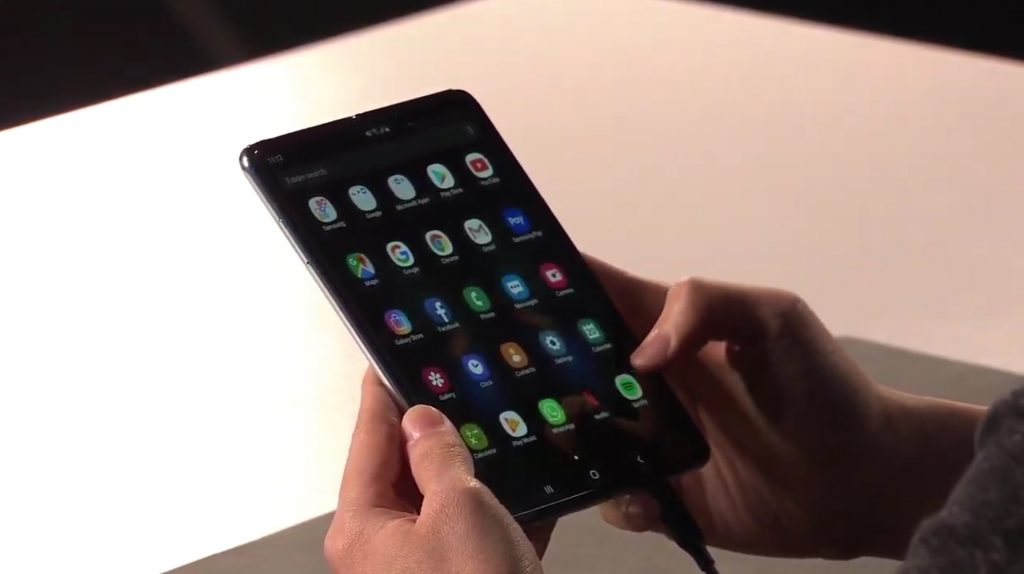Addiction is a serious problem in the world, and it’s not always about drugs and alcohol. Addiction takes many forms, and can encompass a wide range of unhealthy activities and interests. For example, people can become addicted to food, money, and video games. They can also become addicted to smartphones.

Smartphone addiction has been linked to anxiety and depression on an unprecedented scale, As a result, we now have smartphone addiction treatment centers across the U.S. There’s even a 12-step fellowship program called Internet and Tech Addiction Anonymous.
Smartphone addiction is a bigger problem than most realize. It’s a problem Dr. David Greenfield, medical director of The Center for Internet and Technology Addiction knows well. Dr. Greenfield says excessive smartphone use “can increase social isolation and alienation. It can even impact sleep deprivation. Most Americans are chronically underslept… The last thing they look at at night and the first thing they look at in the morning is their screen.”
Kids today are growing up with a smartphone in their pocket, and are largely unaware of their addiction. A smartphone, to them, is a normal part of everyday life. Kids who grew up with a smartphone in their pocket have learned to experience aspects of life through their device. They don’t always recognize that a virtual experience is a poor substitute for the real thing because they don’t know their experience is virtual.
This comic by Jeff Stahler sums it up: a young kid shows his mother a picture of a snowman on a smartphone and says, “I built my first snowman!”
If smartphones increase anxiety and depression, why do people keep using them?
Like Dr. Greenfield says, smartphones increase social isolation. The problem is, when people are using a smartphone, they feel connected. When the messages are coming in, and they’re tapping away at the screen, people believe they’re engaging in social interaction.
Apps used to communicate with others are labeled “social media” apps, and therefore, they trick themselves into believing they’re having a social interaction. When the activity stops, that’s when feelings of isolation set in. They only feel good when they’re interacting with their device, and that’s what develops the addiction despite the resulting isolation.
Smartphones are just a device – why are they addicting?
Most addictions appear simple on the surface. For example, when a person goes into their basement to play World of Warcraft and doesn’t come out for a month, it seems like they’re addicted to the game. What they’re actually addicted to are the feelings they get from playing the game.
Smartphone addiction is similar. The device itself isn’t particularly interesting. Everything you can do on a smartphone you can do on a desktop or laptop computer. The addiction comes from the emotional hit people get from using it. A smartphone is more appealing than a laptop because a smartphone makes that hit available 24/7.
Some people thrive on seeing notifications that their posts were liked or commented on. Others just want to talk to their friends, gossip, or argue over politics. No matter how you slice it, at the end of the day, smartphone addicts are after some kind of emotional hit.
Smartphones encourage commiseration
Over social media, kids tend to bond with each other over what they hate, who they dislike, and who they like to make fun of. On social media, adults tend to bond with each other over shared political or religious views. In both cases, bonds become stronger the more heated the discussions get. Online, people tend to feel closer to those who argue in support of their position, or jump in to defend them from opposing points of view.
Bonding with others based on a shared disdain for something isn’t necessarily a bad thing. It’s human nature to weigh negative information more heavily than positive information. Negative feelings have more impact than positive feelings, and tend to carry more weight in developing a bond between people. However, bonding with others based on positive interests is more likely to result in a bond that doesn’t rely on commiseration to hold it together.
The solution is to develop real-world interests
Owning a smartphone isn’t a problem when you’re not addicted to constant external stimulation. The solution to smartphone addiction (for kids and adults) is to develop hobbies and interests that can be pursued in the real world. Developing hobbies and interests in the real world is critical for learning social skills, and generating authentic relationships with peers.
 KitGuru KitGuru.net – Tech News | Hardware News | Hardware Reviews | IOS | Mobile | Gaming | Graphics Cards
KitGuru KitGuru.net – Tech News | Hardware News | Hardware Reviews | IOS | Mobile | Gaming | Graphics Cards


